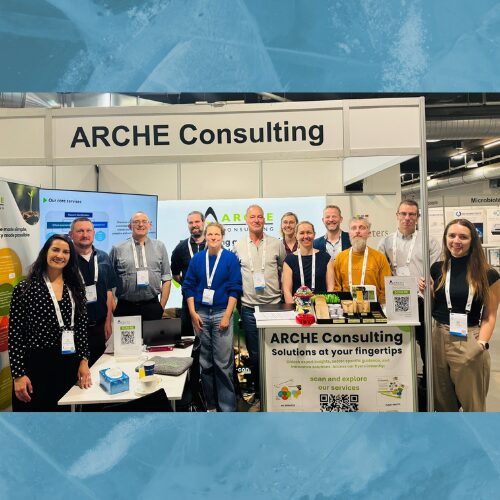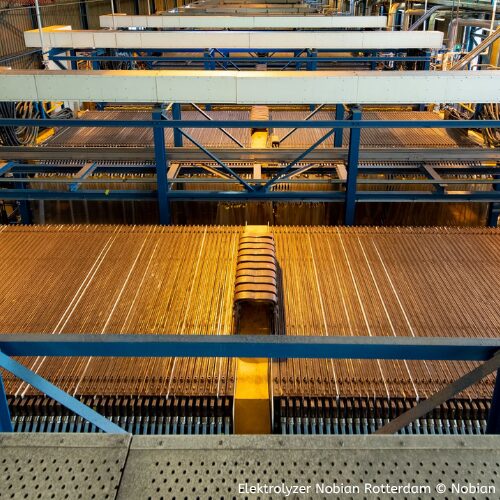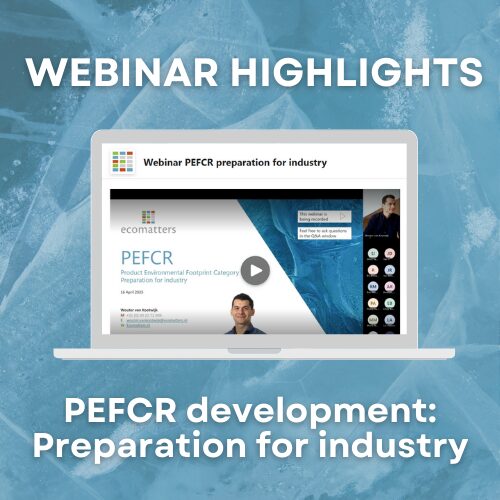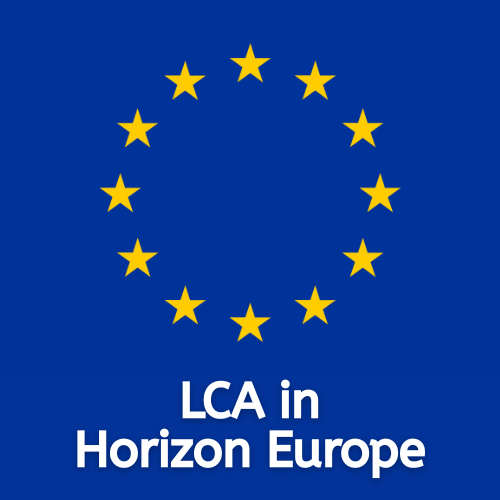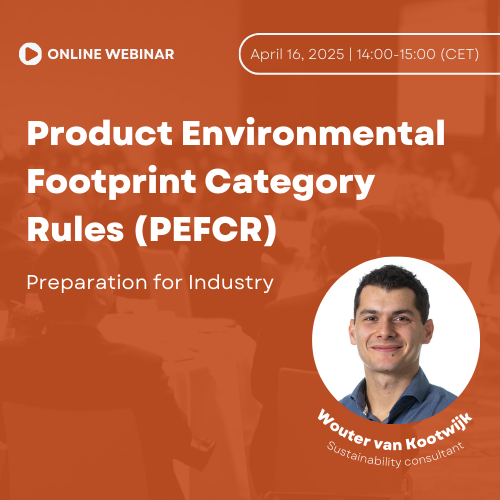In this item, we dive into the new Bio-stimulant and Fertilising products regulation (EC) 2019/1009 and its relevance for biopolymers (bioplastics). The regulation will come into force on 16 July 2022.
The regulation lays down rules about putting fertilising products onto the EU market. From a (bio)polymer perspective this can be either as a separate application, for instance as a coating agent or as part of the fertiliser to improve the fertiliser’s wettability or acts as a binding material. Additionally, please keep in mind that Member States can also have their own (existing) fertilising products regulations to govern market access within their own borders.
The Bio-stimulant and Fertilising products regulation prescribes several Component Material Categories (CMC) of which a fertilising product shall solely consist. For each of these CMCs, a set of requirements is determined to avoid any environmental problems or harm to plant, animal or human health.
Polymers have been placed in a separate CMC, more specifically CMC 8 (Nutrient polymers) and CMC 9 (Polymers other than nutrient polymers). The latter is discussed in more detail below.
CMC 9: Polymers other than nutrient polymers
In the requirements related to CMC 9, it is stated that a fertilising product in the EU can contain polymers (other than nutrient polymers) only if the purpose of the polymer is:
- “to control the water penetration into nutrient particles and thus the release of nutrients (in which case the polymer is commonly referred to as a ‘coating agent’)
- to increase the water retention capacity or wettability of the fertilising product
- to bind material in a fertilising product with a growing medium functionality.”
Another requirement for CMC9 is that the polymers with purpose (a) and (b), nor its by-products after degradation, should not create any overall adverse effect on animal or plant health, or on the environment, under reasonably foreseeable conditions. To prove compliance with that condition, a polymer must pass three tests, each complemented with additional requirements for validating a pass/fail:
- Plant growth acute toxicity test
- Earthworm acute toxicity test
- Nitrification inhibition test with soil micro-organisms
Labelling requirements and conformity assessment procedures
The fertilising products regulation also lists some generic and product-specific labelling requirements, to ensure that sufficient information is provided to the user of the fertilising product. Examples of such labelling requirements are the so-called ‘functionality period’ and specific use instructions, including:
- Instructions for intended use
- application rates
- timing and frequency
- target plants or mushrooms.
In cases where the fertilising product contains a polymer acting as binding material, users must be informed not to use the product in contact with soil. They also have to be informed to make sure of a sound disposal of the products after end of use in collaboration with the manufacturer.
Before introduction to the market, fertilising products need to be subjected to so-called ‘conformity assessment procedures’ in order to assess whether the product complies with requirements from this regulation and to ensure that such assessment is performed in a standardised way. Such a procedure can for example include product tests (on the technical design of the product) or production process tests.
Biodegradability requirements
The fertilising products regulation acknowledges that it should be possible for innovative applications containing polymers to enter the market. Yet, criteria for their biodegradability still need to be developed to ensure that after use these polymers are able to physically and biologically decompose. The criteria will be developed by 2024 and must ensure that:
- the polymer is able to physically and biologically decompose in natural soil conditions and aquatic environments across the Union. Carbon dioxide, biomass and water should be the only product left after decomposition;
- the conversion of organic carbon into carbon dioxide should be at least 90% in a maximum period of 48 months after the end of the indicated functionality period of the EU fertilising product, and as compared to an appropriate standard in the biodegradation test;
- the use of polymers does not result in the accumulation of plastics in the environment.
After a transitional period, per 16 July 2026, these criteria will be enforced and polymers not compliant with the criteria will be prohibited.
It should be noted that all of the requirements from this regulation that are applicable for polymers (other than nutrient polymers), also apply to fertilising products (articles) that contain such polymers. In some cases, it might be that a polymer on its own might comply with the regulatory requirements, but the fertiliser product that contains the polymer might not.
Visual overview
Figure 1 presents a visual timeline of the relevant regulatory considerations in the present and future from a (bio)polymer perspective. It contains the most important aspects discussed in this item.

Figure 1: Timeline regulatory considerations regulation (EU) 2019/1009
For more information about the Bio-stimulant and Fertilising products regulation and other EU regulations related to the biopolymer life cycle, have a look at the report Ecomatters has written for Invest-NL.



